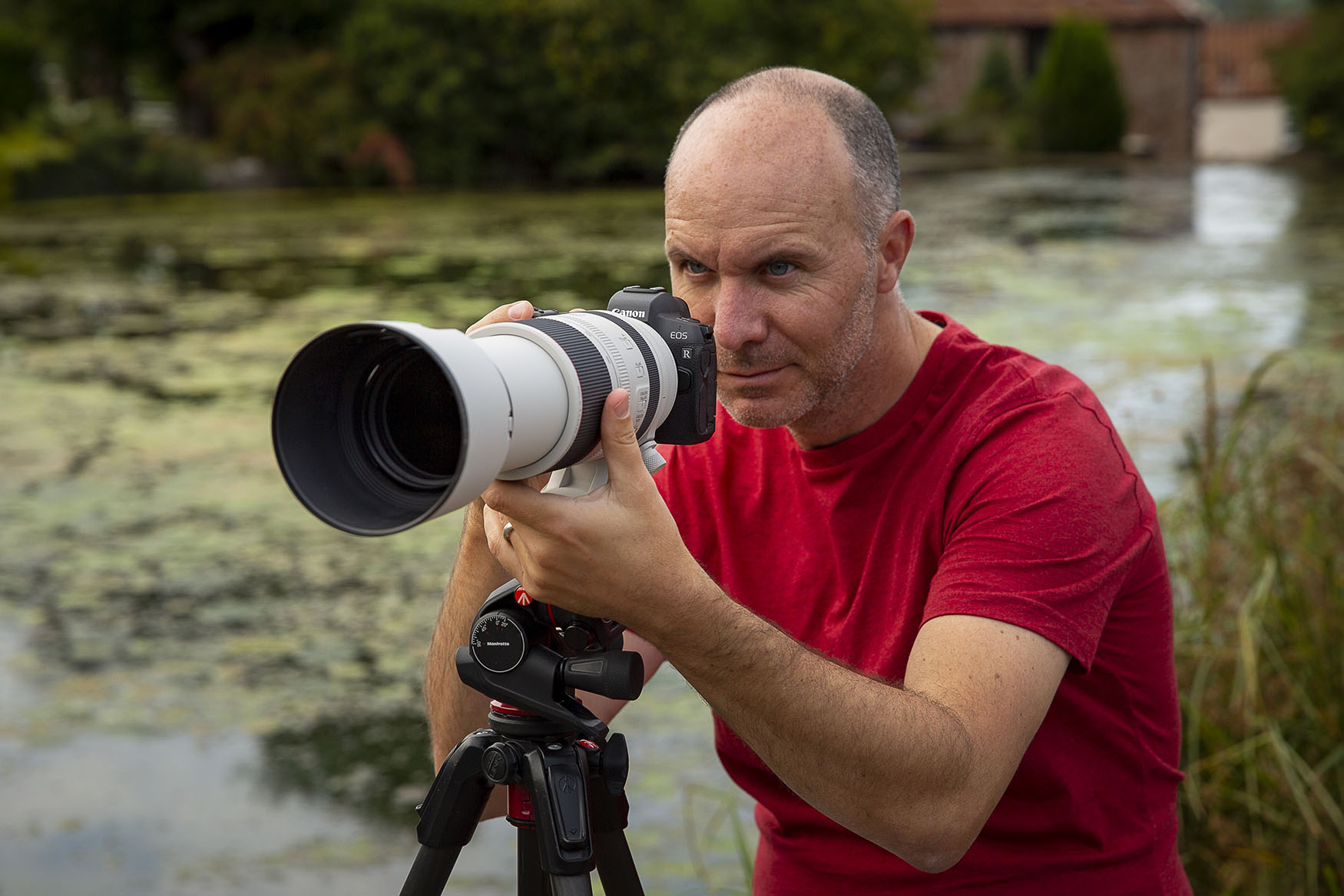Canon apologizes because it can't make enough of these 5 lenses
These 5 lenses are in such high demand that Canon simply can't make enough – and it has issued an apology

Canon has issued an apology because it can't produce enough of five RF-mount lenses – four of which are still on pre-order, and not even on general release yet.
The affected lenses comprise the Canon RF 14-35mm f/4L IS USM, Canon RF 100-500mm f/4.5-7.1L IS USM, Canon RF 100mm f/2.8L IS USM Macro, Canon RF 400mm f/2.8L IS USM and Canon RF 600mm f/4L IS USM. In addition, the Ring-type tripod mount E (B) is also on the list of affected products.
• Read more: Best Canon RF lenses
"We have received more orders than expected for each of the following products, and it will take some time before delivery," wrote the manufacturer in a post titled 'Apology and guidance regarding product supply status' on the Canon Japan website (via machine translation).
"We thank you for your many orders and apologize for any inconvenience caused to our customers. Thank you kindly look forward for your understanding."
While no official explanation was given, the production problems are no doubt due to the ongoing supply chain issues that are affecting manufacturers across the world, and the chip and component shortages that have hit electronics industries particularly hard.
The 100-500mm lens is the only one on the list that's currently on general release. The 14-35mm was only announced a week ago, and is not due to hit retail until August, while the 100mm Macro, 400mm f/2.8L Canon RF 600mm f/4L are (were?) both due to hit the streets this month.
Get the Digital Camera World Newsletter
The best camera deals, reviews, product advice, and unmissable photography news, direct to your inbox!
As it stands, it appears that retailers will receive staggered stock with which to fulfil orders and pre-orders as they were placed – much as was the case with the Canon EOS R5 last year, which was also the victim of supply and stock issues.
With Nikon recently announcing that it will not be able to meet demand for the new Nikon Z fc either, this is a situation that is likely to affect many more products (and manufacturers) as the year rolls on.
Read more:
Canon RF 100-500mm f/4.5-7.1L IS USM review
Canon EOS R5 review
Best Canon cameras
Should I buy a Canon PowerShot?
Canon EOS R image stabilization will be in-body and in-lens hybrid

James has 22 years experience as a journalist, serving as editor of Digital Camera World for 6 of them. He started working in the photography industry in 2014, product testing and shooting ad campaigns for Olympus, as well as clients like Aston Martin Racing, Elinchrom and L'Oréal. An Olympus / OM System, Canon and Hasselblad shooter, he has a wealth of knowledge on cameras of all makes – and he loves instant cameras, too.
